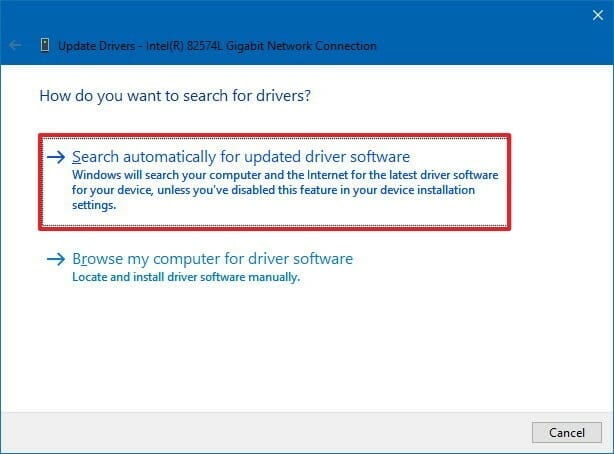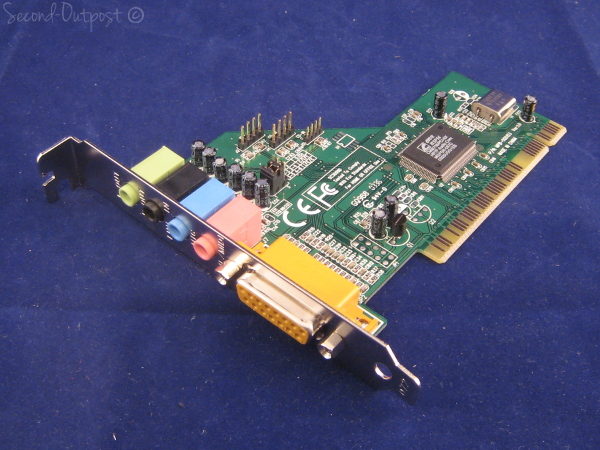- Drivers Asian Sound Cards & Media Devices Online
- Drivers Asian Sound Cards & Media Devices Free
- Drivers Asian Sound Cards & Media Devices -
- Drivers Asian Sound Cards & Media Devices Download

In Control Panel, double-click the Sounds and Audio Devices icon (or just run mmsys.cpl). On the Audio tab, select a device from the Sound Playback list. Select the Advanced button. Select the Performance tab. At this point, you should see two sliders that are labeled Hardware acceleration and Sample rate conversion quality. Download the latest drivers, software, firmware and user manuals. Graphics Cards Gaming Cases. Sound Cards Optical Drives Data Storage External Graphics Docks. Make sure your physical sound card is working. It may be that you have multiple sound systems. Click on the one you would like to use by going to the taskbar and clicking the sound option. Then click on the name of your sound speakers, i.e. Conexant SmartAudio HD, then choose your preferred sound system. Download sound card drivers or install DriverPack Solution software for driver scan and update. Download Download DriverPack Online. Sound card drivers. Manually install the drivers on Windows. If the drivers came in a.zip file, you'll need to install them manually. You can do this from the Device Manager: Select the hardware item you want to update in Device Manager. Click Update driver. Click Browse my computer for driver software when prompted.
ASIO4ALL is a free and alternative audio driver which allows its users to get very low latency from their sound adapter.
While most sound cards on the market allow you to playback audio without issue, ASIO4ALL provides a free alternative if you're having issues running software which increases latency on sound output.
It's a generic WDM driver that can be used in various situations, especially when you're using an older audio device or running an older version of Windows which doesn't include support for your audio driver.
ASIO4ALL is ideal for MIDI devices and provides installation without problems and requires no special knowledge or settings. Installation is pretty quick and straightforward. When you start ASIO4ALL, it will appear in the system tray where it can be accessed to manage the driver. Different options include latency in/out compensation, buffer offset and resample audio between 44.1kHz and 48kHz.
The WDM device list has controls for output and input including mix capture, speaker output, etc.


Overall, a great alternative for people experiencing issues when working with audio mixing and creation projects.
ASIO4ALL 2.14 on 32-bit and 64-bit PCs
This download is licensed as freeware for the Windows (32-bit and 64-bit) operating system on a laptop or desktop PC from drivers without restrictions. ASIO4ALL 2.14 is available to all software users as a free download for Windows.
Filed under:- ASIO4ALL Download
- Freeware Drivers
- Asio Driving Software
Windows provides global slider controls for altering DirectSound performance on a system-wide basis. The sliders control the level of hardware acceleration and quality of sample-rate conversion (SRC) that are made available to DirectSound applications. Changes made to the hardware-acceleration and SRC sliders are persistent across boot-ups.
The hardware-acceleration and SRC settings can be changed only by direct end-user action. No API is available for changing the hardware-acceleration or SRC setting from an application program. This behavior improves stability and prevents software from placing the audio system in a state from which it cannot be removed without rebooting.
These settings affect only DirectSound applications. Note that the waveOut API always uses the best SRC quality regardless of the setting of the DirectSound SRC slider. Also, in all current versions of Windows, waveOut applications are unable to use hardware-accelerated pins on audio devices and are unaffected by the setting of the DirectSound hardware-acceleration slider. For more information about the Windows multimedia waveOut API, see the Microsoft Windows SDK documentation.

Drivers Asian Sound Cards & Media Devices Online
To locate the DirectSound hardware-acceleration and SRC sliders in Windows, for example, follow these steps:
Drivers Asian Sound Cards & Media Devices Free
In Control Panel, double-click the Sounds and Audio Devices icon (or just run mmsys.cpl).
On the Audio tab, select a device from the Sound Playback list.
Select the Advanced button.
Select the Performance tab.
At this point, you should see two sliders that are labeled Hardware acceleration and Sample rate conversion quality.
The hardware-acceleration slider has four settings that range from None (level 0) on the left to Full (level three) on the right. The following table shows the meaning of these settings.
| Acceleration Level | Setting Name | Description |
|---|---|---|
0 | Emulation | Forces emulation. |
1 | Basic | Disables hardware acceleration of DirectSound secondary buffers. |
2 | Standard | Enables hardware acceleration of DirectSound secondary buffers but disables vendor-specific property-set extensions. |
3 | Full | Enables hardware acceleration of DirectSound secondary buffers and enables vendor-specific property-set extensions. |
Drivers Asian Sound Cards & Media Devices -
Emulation Setting
The Emulation setting above forces DirectSound into emulation mode. In this mode, DirectSound applications run as though no DirectSound driver is present. All mixing is done by DirectSound in user mode, and the resulting audio data is played back through the waveOut API. The result is typically a large increase in latency.
Basic Setting
The Basic setting disables hardware acceleration of DirectSound secondary buffers. Under this setting, all DirectSound applications run as though no hardware acceleration is available, regardless of the capabilities of the sound card that is being used. You can use this setting during testing to emulate a sound card that has no DirectSound acceleration. With an adapter such as the OPL, which has no acceleration of DirectSound secondary buffers, this setting has the same effect as the Standard setting. In Windows Server 2003, Basic is the default setting.
Standard Setting
The Standard setting enables hardware acceleration of DirectSound secondary buffers but disables vendor-specific extensions such as EAX (Creative Technologies' environmental audio extensions) that are exposed as property sets through the IKsPropertySet interface (see Exposing Custom Audio Property Sets). In Windows 2000, the Standard setting is selected by default.
Drivers Asian Sound Cards & Media Devices Download
Full Setting
The Full setting enables full acceleration of DirectSound secondary buffers. This setting also enables property sets for vendor-specific extensions that are exposed through the IKsPropertySet interface (see Exposing Custom Audio Property Sets). IKsPropertySet extensions include vendor-specific hardware enhancements such as EAX.
If the user adjusts either the hardware-acceleration or SRC setting to a value other than the default, DirectSound uses the new setting instead of the default.

